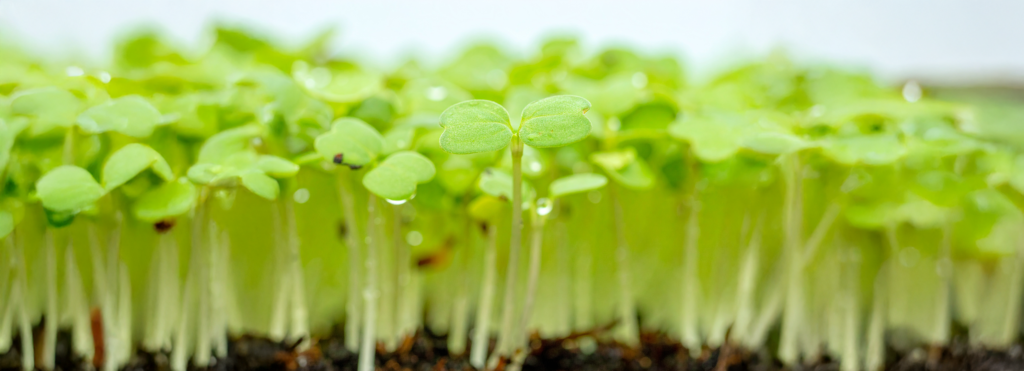Soilless cultivation is becoming increasingly popular in Mediterranean countries, but one of the main challenges faced by horticulture in many of these regions is the low precipitation, which limits the availability of water for irrigation.
Fertigation discharge worsens existing water scarcity conditions, as in open hydroponic systems, the drainage of the nutrient solution commonly exceeds 30% of the total applied. Proper management of the nutrient solution is essential to avoid water waste.
It has been reported that the concentration of currently used nutrient solutions can be reduced by up to 50% without negative effects on biomass or on the quality of horticultural and ornamental crops.
One way to reduce nutrient use without compromising crop productivity in hydroponic production is to enhance nutrient absorption by plants through the use of biostimulants.
Biostimulants can also reduce fertilizer consumption by promoting a more efficient absorption of nutrients.
The most widely accepted definition of a plant biostimulant is:
“Any substance or microorganism applied to plants with the aim of improving nutrient efficiency, tolerance to abiotic stress, and/or crop quality characteristics, regardless of nutrient content.”
The main categories of biostimulants include:
- humic substances
- protein-containing materials and protein hydrolysates
- seaweed extracts (such as Ascophyllum nodosum)
- beneficial fungi and bacteria
Biostimulants can be used at all stages of agricultural production, including seed treatments, foliar applications during growth, and on harvested products.
Various biostimulants have been shown to stimulate plant growth by boosting plant metabolism, promoting germination, improving photosynthesis, and optimizing nutrient uptake from the soil or growing medium.
They can also mitigate the negative effects of abiotic stress, such as drought, heat, salinity, cold, and oxidative stress.
The use of biostimulants represents a sustainable and promising strategy to optimize crop productivity, especially in hydroponic systems. Their integration into agronomic management is a key to more efficient, resilient, and environmentally respectful agriculture.
